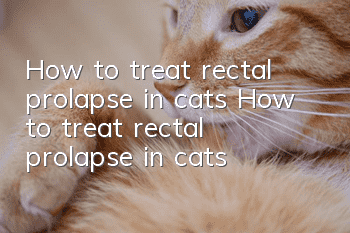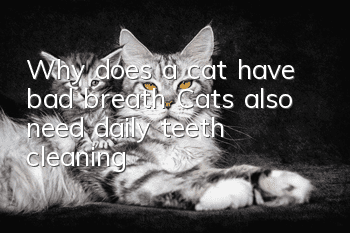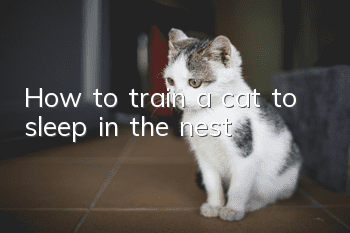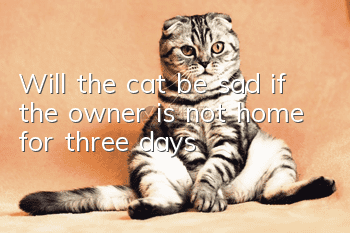How to treat rectal prolapse in cats How to treat rectal prolapse in cats

How to treat cat rectal prolapse? Cat rectal prolapse is also called rectal prolapse, also called anal exstrophy. Generally speaking, cat rectal prolapse is closely related to long-term diarrhea and intussusception, so if a cat has this disease, it should be treated as soon as possible. Yo~
Diarrhea in cats is the most common situation that everyone encounters. After all, cats are living little pets. Just like us humans, diarrhea may be caused by bad food, imbalance of the spleen and stomach, pancreatitis or bacterial infection, etc. Frequent fussing, squatting in the litter box, loss of appetite, and fear are all signs that a cat has an uncomfortable stomach.
Rectal prolapse in cats is a disease that is common in most cats that are prone to diarrhea or have long-term diarrhea. At first, careful owners will find that the cat’s anus will be red and swollen after squatting in the toilet. Cats themselves may still think they have stomach pain, and most of them are completely unaware of the state of their butt. As time and the frequency of diarrhea increase, slow or vigorous efforts will lead to rectal cuffing and prolapse. If If it is not cleaned for a long time and then returned to the body, the cat's rectum will easily become edema, necrosis or even bleeding.
The prolapse does not take long. Generally, doctors will adopt conservative treatment. Clean the cat’s rectum, then use lubricant or antibiotic ointment, slowly push the finger back into the anus, and finally make a purse-string suture in the anus, leaving A small channel is enough for the cat to excrete feces. Of course, dietary adjustments are also essential. In the first three days, try to focus on prescription canned food, soft food and water, and eat small and frequent meals to prevent the frequency of excretion. Increase leads to suture failure. Rectal prolapse often recurs within 3-15 days due to improper diet and inadequate care, so owners must follow the doctor's advice carefully to keep their cats healthier and avoid the pain of surgery!
Cat rectal prolapse
For kittens that have prolapsed for a long time and are prone to prolapse repeatedly, surgery must be performed as soon as possible to prevent edema or necrotic intestinal infection, which may lead to septicemia in the body. I have seen doctors suffer from rectal prolapse in summer. Maggot-infested cats, so parents, don’t take it lightly, send it to the hospital in time and ask a doctor to help clean it up and adopt the best treatment methods to treat the kitten in time.
For rectal prolapse surgery, of course, a professional doctor must be hired. Otherwise, if one stitch is wrong, there will be no possibility of regeneration of the intestinal tube. The shorter it is cut, the shorter it will be, which will be troublesome. Many owners still ask me why prolapse occurs and why it can’t be done without surgery? This is because the kitten’s rectum that has prolapsed repeatedly for a long time no longer has its original muscle contraction and reflex functions. It is exposed to the air and becomes compressed and edematous. It is difficult to recover through simple cleaning and repositioning. The only option is to surgically remove the necrotic and edematous intestines, reconstruct the anus, and adjust the diet.Plastic surgery can truly restore our cats to their former glory.
- What medicine can be used to treat inflammation of the eyes of Ragdoll cats? Tips for raising pets!
- How should poop scrapers avoid "bloody incidents" caused by cat bites and scratches?
- What is the normal body temperature of a cat? Description of the normal body temperature of a cat
- How to provide foot care for pet cats?
- Can cat siblings have babies?
- Tips for making a pet cat climbing frame
- Will cats catch a cold if they are shaved in winter?
- Why are cats cute?
- Why do cats like to drink water from the toilet?
- Can cats not be neutered?



